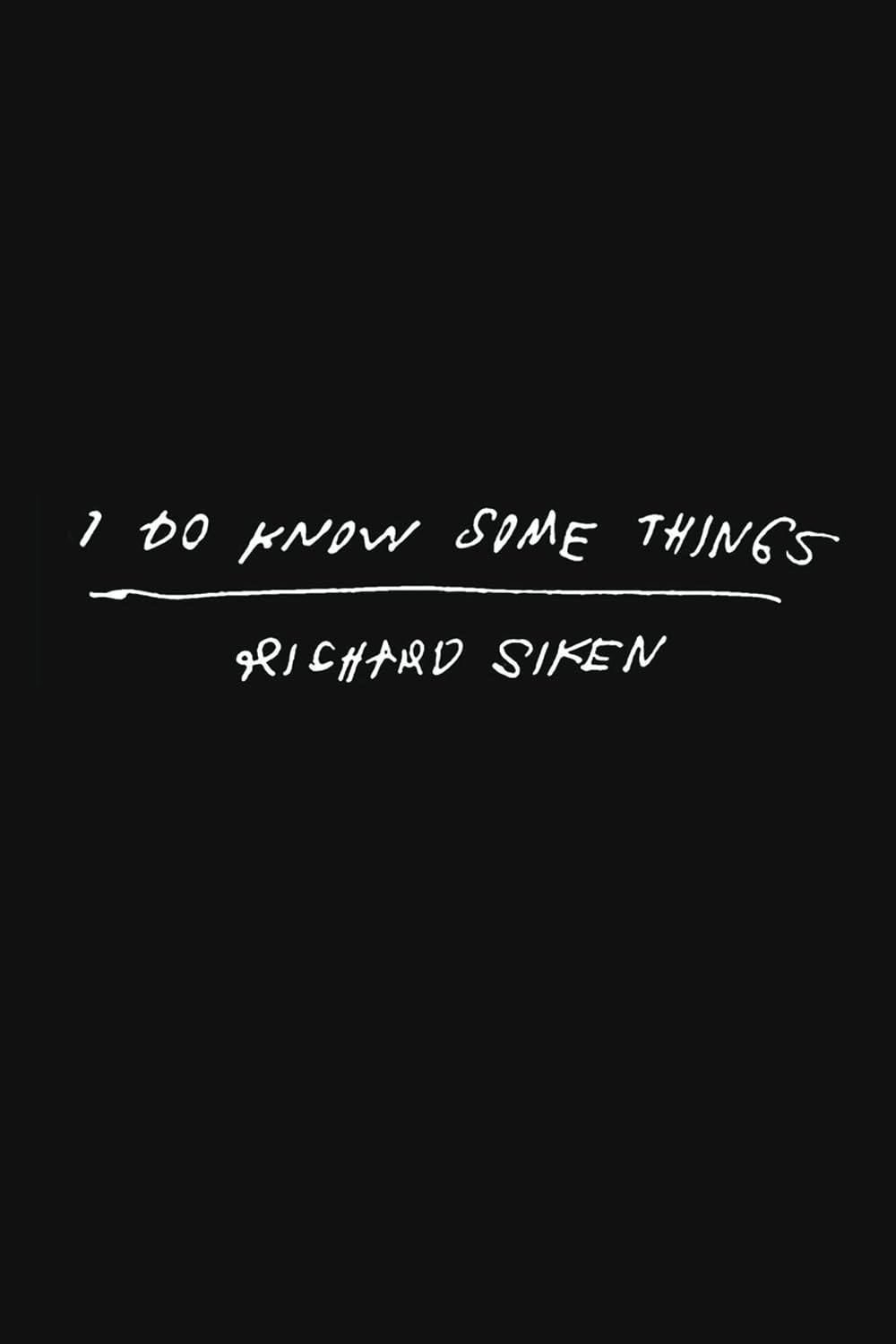Editing. It’s the most reviled step of the writing process. It’s where we do the backbreaking work of word-weeding, where we must dissociate from ourselves enough to see our work objectively, where we’re forced to kill our darlings. It’s the dark place between writing and publication, mostly characterized by bloodshot eyes and crippling doubt. It’s where stories go to die. It’s also what makes “The Humble Simple Thing,” a collaboration between Sheila Heti and artist Sara Lautman at Recommended Reading, so remarkable.
“The Humble Simple Thing” is a “cut-up”: a short story whittled down to its essence and accompanied by drawings that don’t merely illustrate it, but inform it. It started out as a 1,500-word unedited story by Sheila Heti called “R. Rose.” Heti and Lautman reveal the creation process in an interview with Electric Literature:
Sheila sent me the story. I read it, went away from it for a day or so, then picked it back up and highlighted the parts I wanted to draw from. I made a word document with only those passages. That was the cut-up. I saw that there were many things to draw in it—many objects: gifts, chicken wings, a duck, Jay-Z. Those were toeholds. They made it easier to begin drawing emotional abstraction . . .
The product is the bare bones of a story, abstracted from character and plot in a way that makes it feel essential and universal, and anchored by Lautman’s simple but evocative illustrations. From the first line, “How a happy boy made a happy girl,” presented on an otherwise blank page, you know this is not going to be your average reading experience. The line is a not a complete sentence, first of all. It’s a fragment, carrying a children’s story quality in the language of “happy boy” and “happy girl,” but the incompleteness and the surrounding blank space leaves a troubling impression. The next page reveals a couple dancing around the page and the words, “Easily. With a lot of variation.” But on the next, under a shelf of whimsical toys and trinkets, are the words, “Too good to be true. And then some.”
As the story unfolds, jumping from one thought and image to the next, it becomes clear that “The Humble Simple Thing” is about the things we think will make us happy (success, love, money), and what happens when we attain them—or we don’t. In short, it’s about the flawed ways we build our lives. It asks questions that ring of scathing internal monologue: “How many dingbats does it take to teach someone how to take advantage of their every opportunity?” It makes statements that are humorous and self-deprecating: “You are not and never will be Jay-Z.” But some of the best moments are delivered through Lautman’s illustrations. After the story asks, “Where do you want to be? Here? Or here?” we see, over a series of pages, a creature lying beside a hole, peering into it, and crawling in. After that, a page with no text, only the hole.
The experience of reading “The Humble Simple Thing” is unlike reading any traditional short story, and not just because it has pictures. As Recommended Reading Editor-in-Chief Halimah Marcus observes in her introduction to the story, the form of the cut-up forces the reader to rely on intuition. The story doesn’t fill in the gaps or even give many hints to direct the reader to its meaning. One second it’s meditating on being a complete failure, and the next it’s talking about tits and ass. (True story.) As the reader, you have to feel your way through it with your gut. And somehow, it works. You pick up on the emotional core beneath a shelf of tin soldiers or never being Jay-Z. Through the alchemy of Heti’s words and Lautman’s illustrations, you get it.
The line from which the cut-up gets its name comes near the end. The illustration is of a person shoveling gravel into a hole, and the text reads, “Do whatever the humble, simple thing you were made to do is.” This is a good message for life, but also for story writing and editing. In the interview, Heti says she gave Lautman the original story because she didn’t think she could do anything with it, even with editing. She says this will be the story’s only form. There’s a lesson in there. Even a writer as talented as Sheila Heti has stories she can’t make work. It took another pair of eyes, extensive editing, and a shift in form, but Heti’s abandoned story found vigorous new life through Lautman. This form, this cut-up, is the “humble, simple thing” Heti’s story was made to be.
Maybe our stories that die during editing do so because we’re trying to force them into the wrong form, or because we can’t tell them by ourselves, or because they’re trying to do too much. Maybe there’s still hope for the stories in the drawer. Maybe they haven’t yet found their humble, simple thing.



